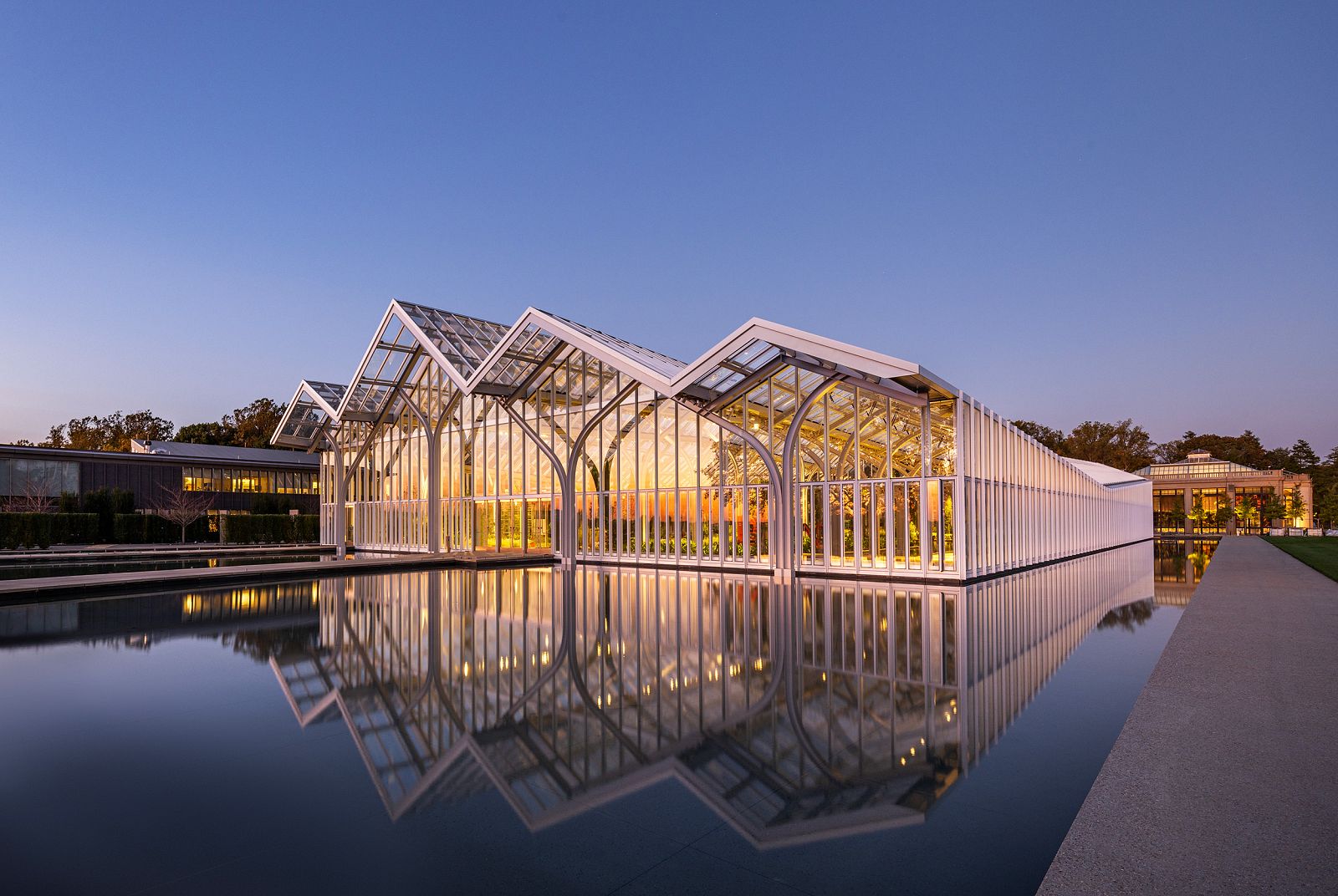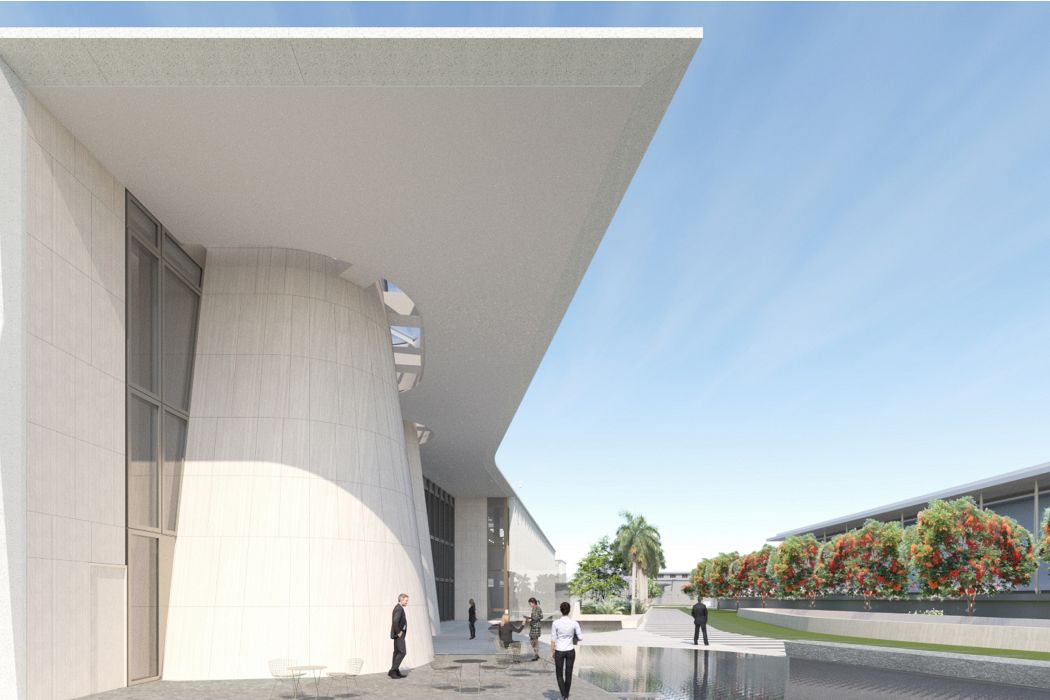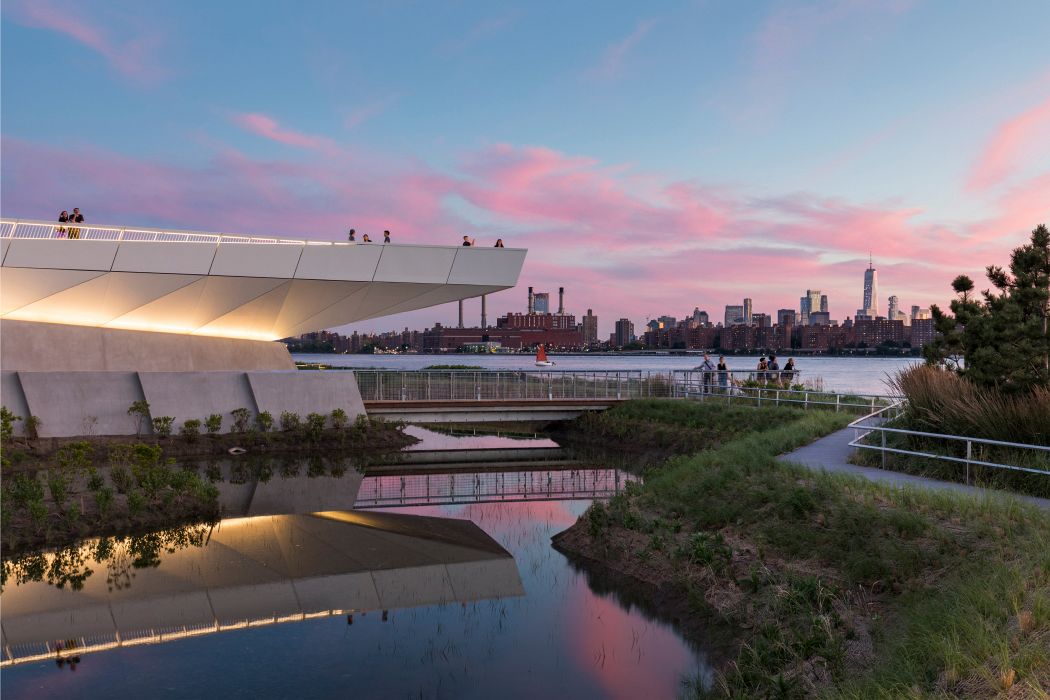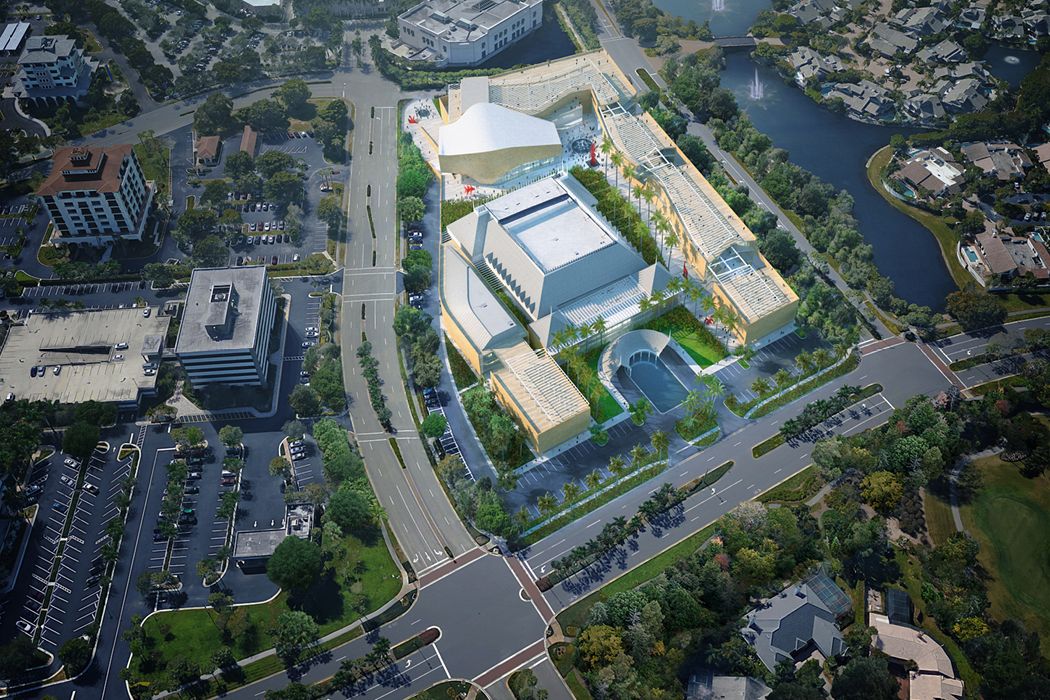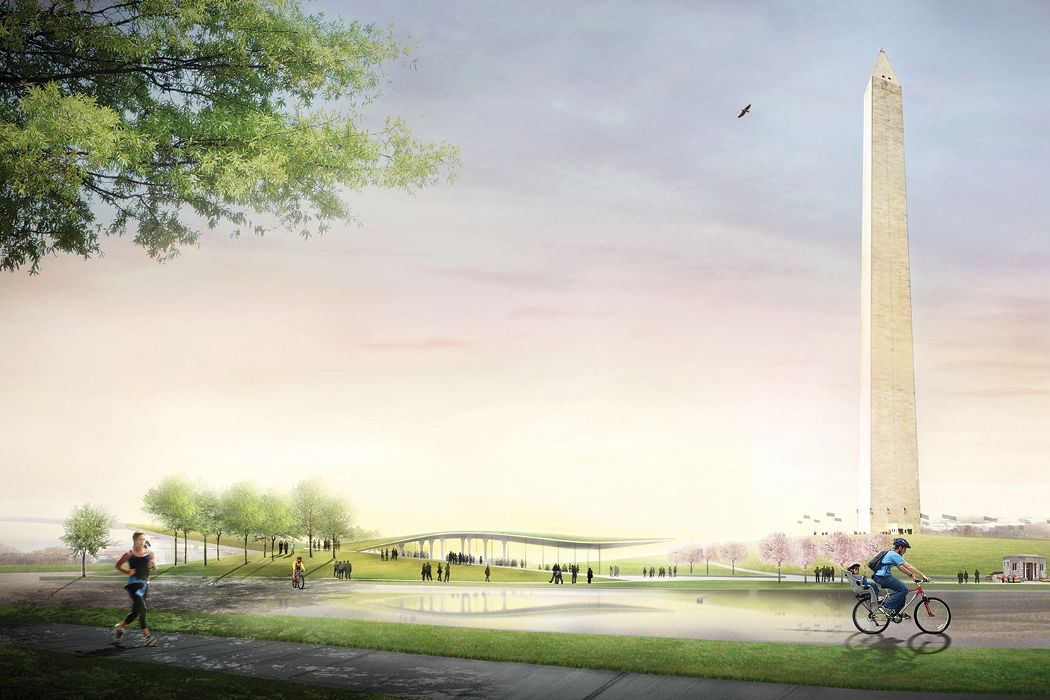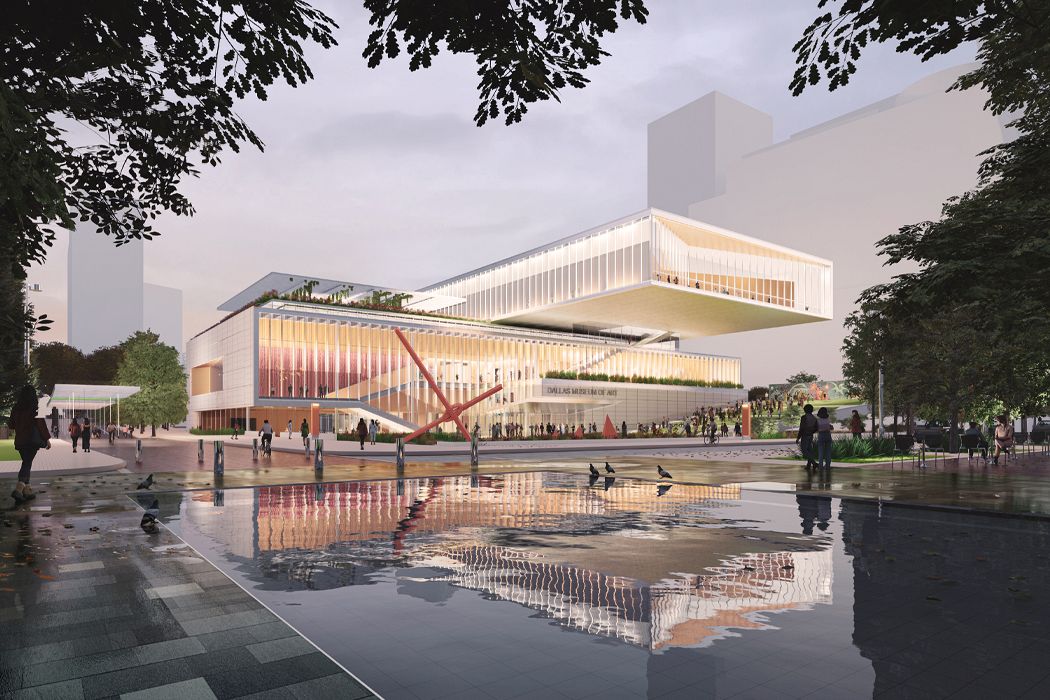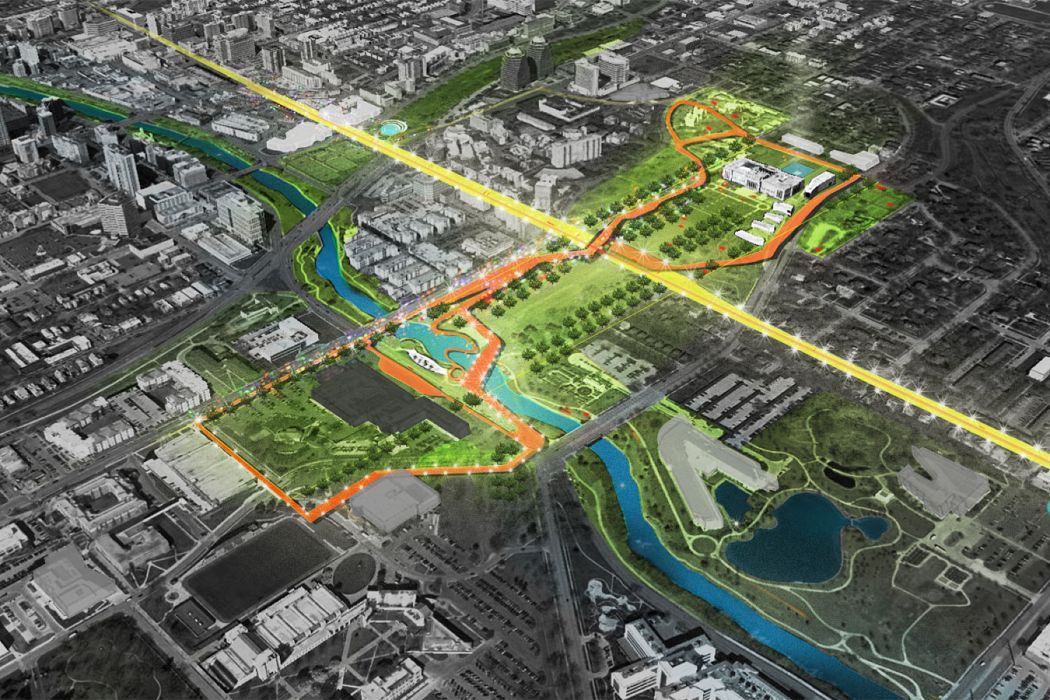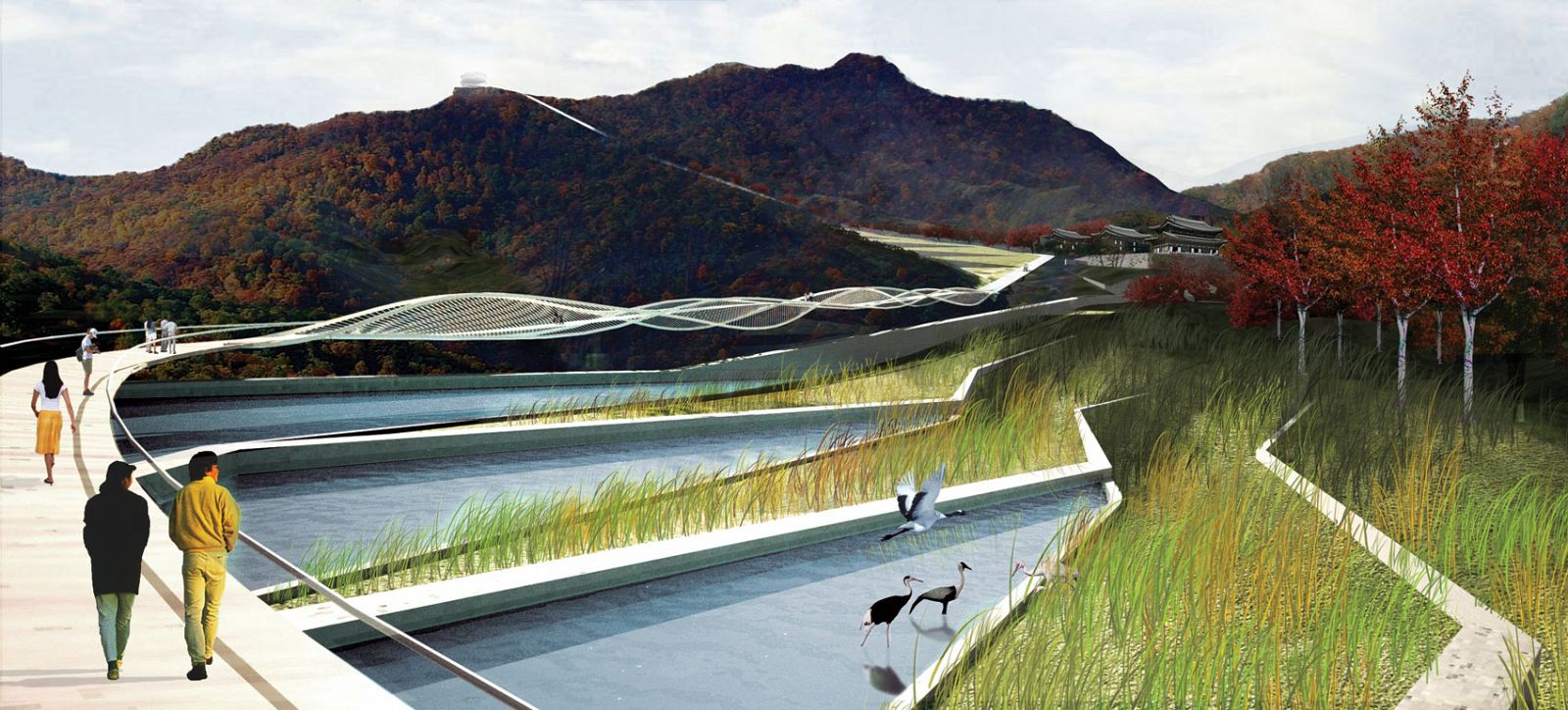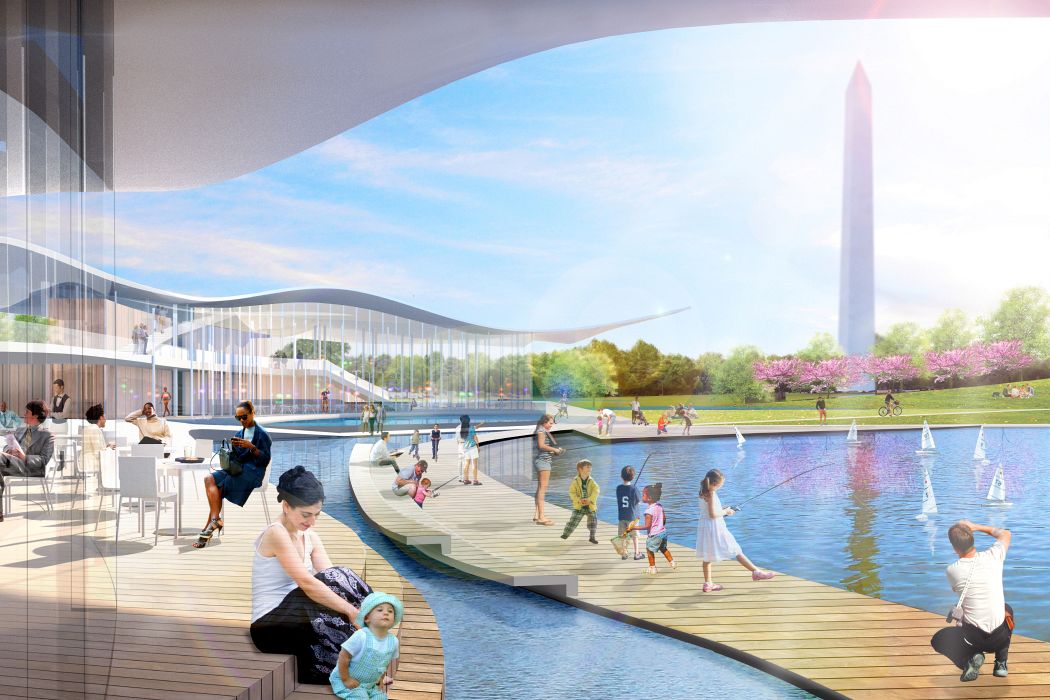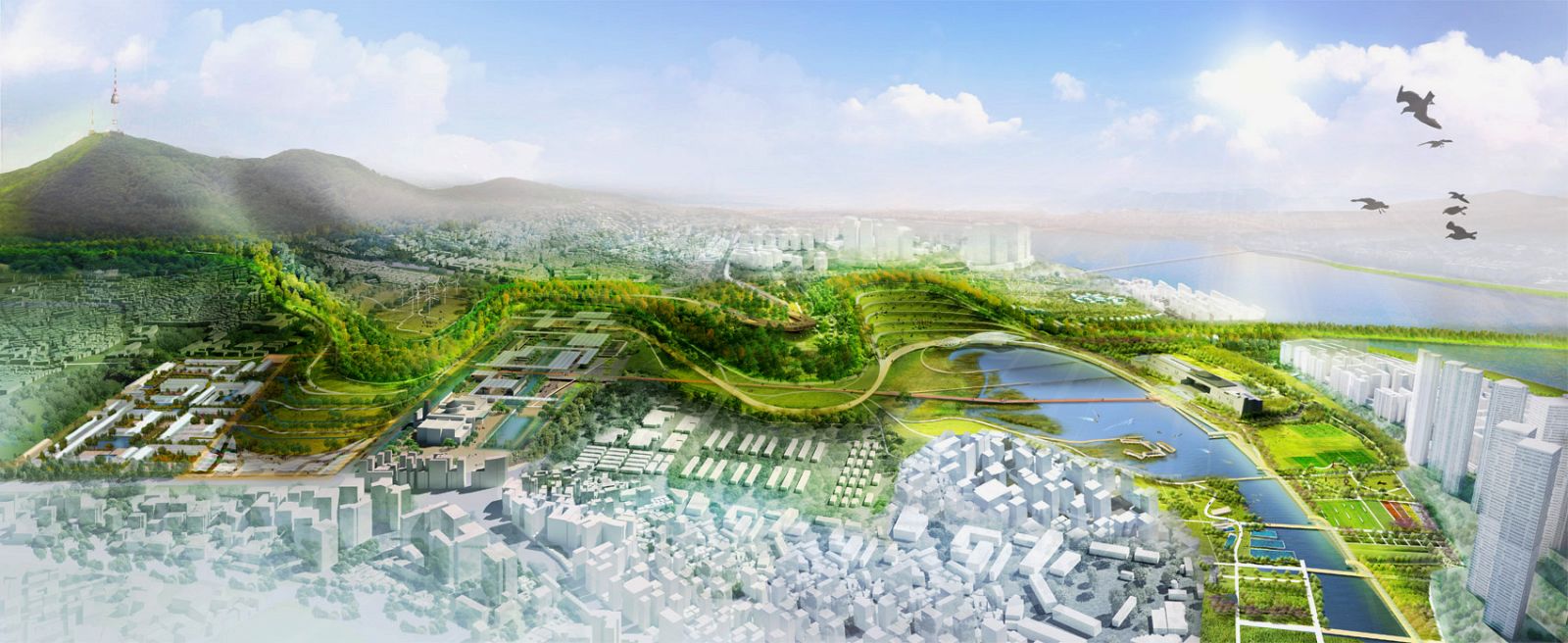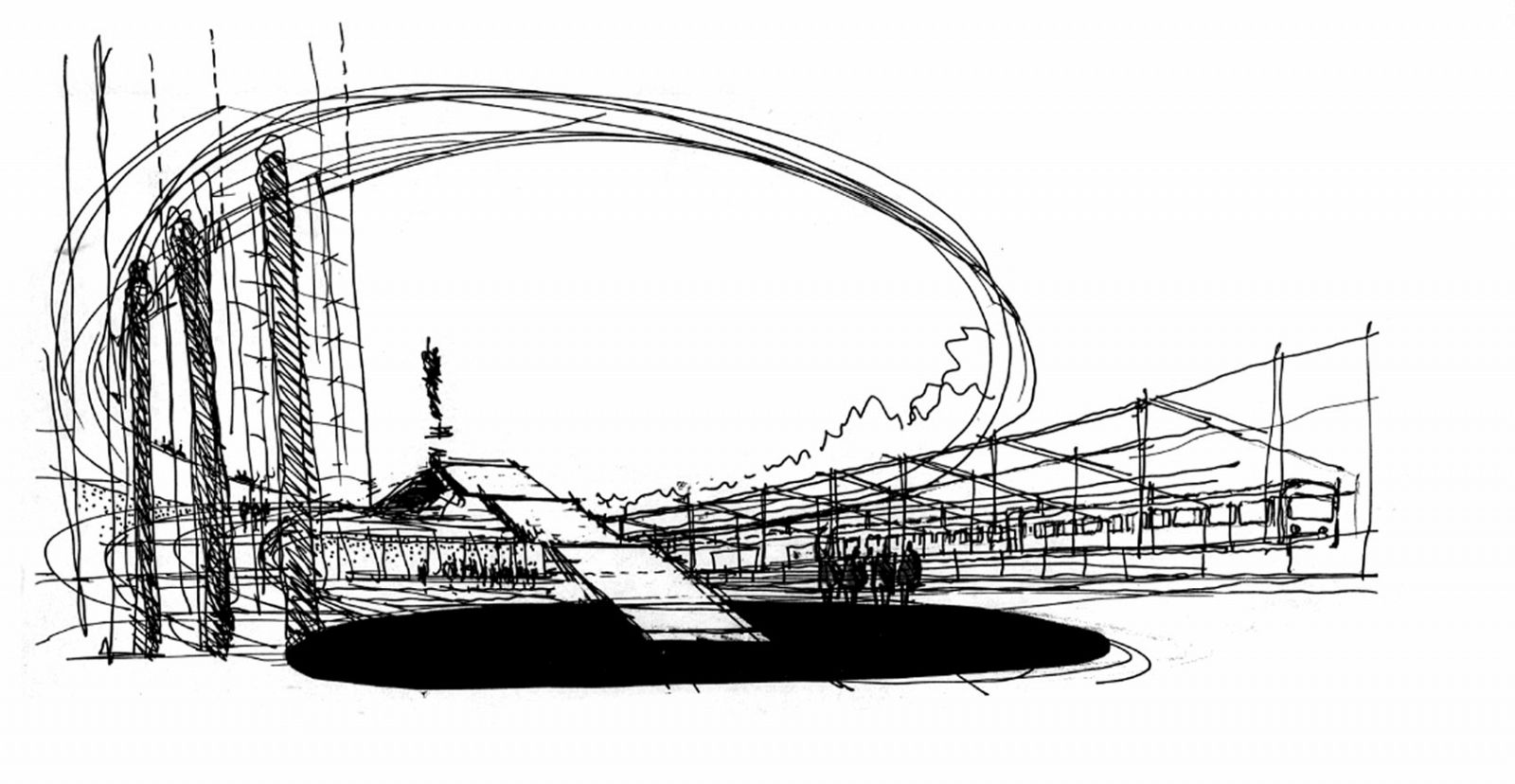Projects
We design to clarify the physical and cultural identity of each project, opportunistically integrating multiple disciplines and alternative methodologies to create meaningful settings.
Longwood Reimagined continues the institution's distinguished history of commissioning outstanding garden designs, resulting in a sweeping yet deeply sensitive transformation in the most ambitious revitalization in a century of America's greatest center for horticultural display.
The new design for the U.S. Embassy in New Delhi recognizes the legacy of this important site while establishing a foundation for the future of Indian and U.S. diplomacy.
Hunter’s Point South Waterfront Park transforms 30 acres of post-industrial waterfront into a program-rich public space that simultaneously acts as a protective perimeter for the neighboring residential community.
The master plan, through strategic transformations and expansive additions, welcomes new visitors and patrons alike for an immersive cultural experience.
The design for the Sylvan Theater at the Washington Monument creates a transformed setting for our nation's most visible center stage.
Our design activates and intensifies reciprocities—architecture and landscape, building and garden—to construct a new tapestry for the arts.
At the heart of the Cultural Arts District concept plan is an arts route that links the Nelson-Atkins Museum with adjacent institutions and communities to ensure the whole is greater than the sum of its parts.
Nestled within the mountainous landscape, the park is organized around three distinct precincts that represent body, mind, and spirit.
Full Circle recovers narratives of culture, ecology, transportation, and trade to create one continuous experience.
The renewed Constitution Gardens is a model for integrating social activity and green infrastructure into our national cultural landscape.
An ecological spine descends from Namsam Mountain and wanders through the park to frame distinct and memorable "Parks within the Park."
This urban design plan proposes specific strategies that connect rather than divide Lower Manhattan.
Like opening a pocket watch, the subterranean workings of New York City and its intricate transportation network are revealed.
